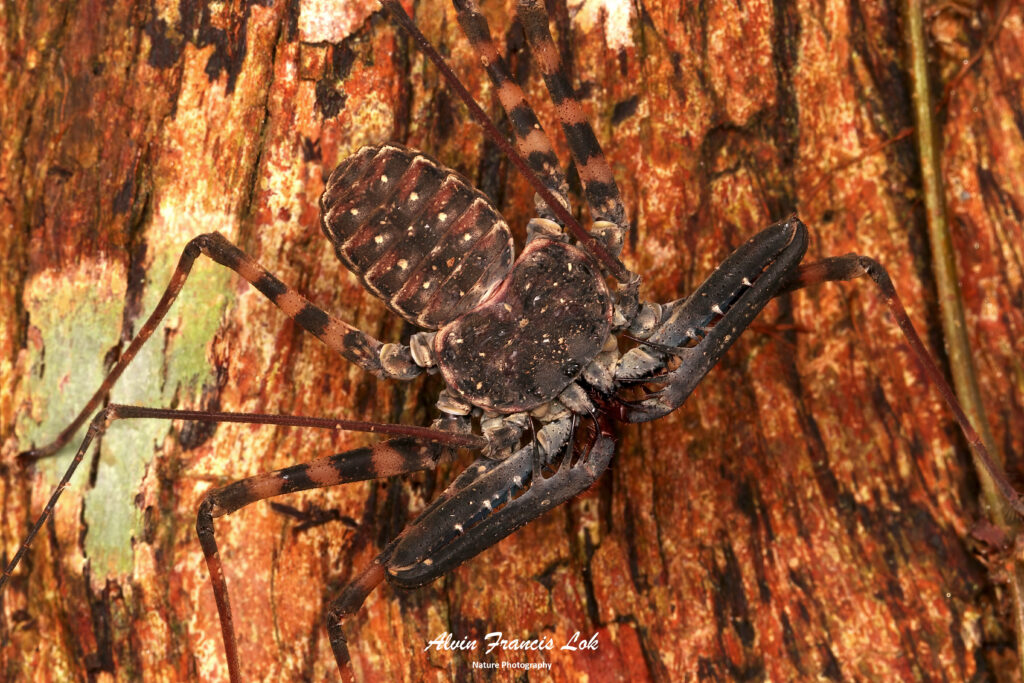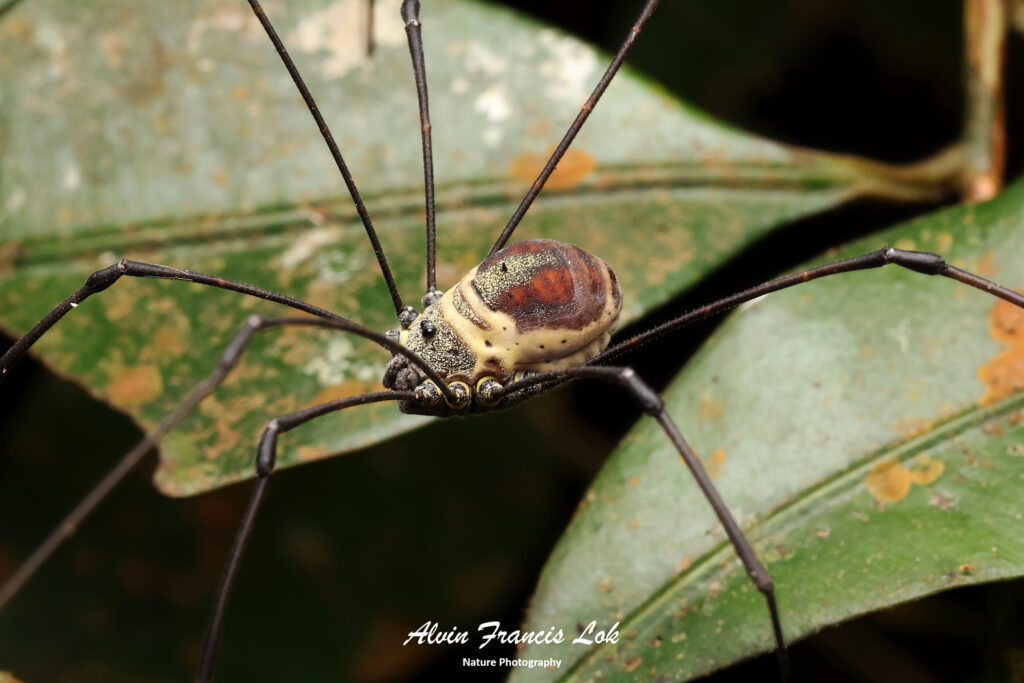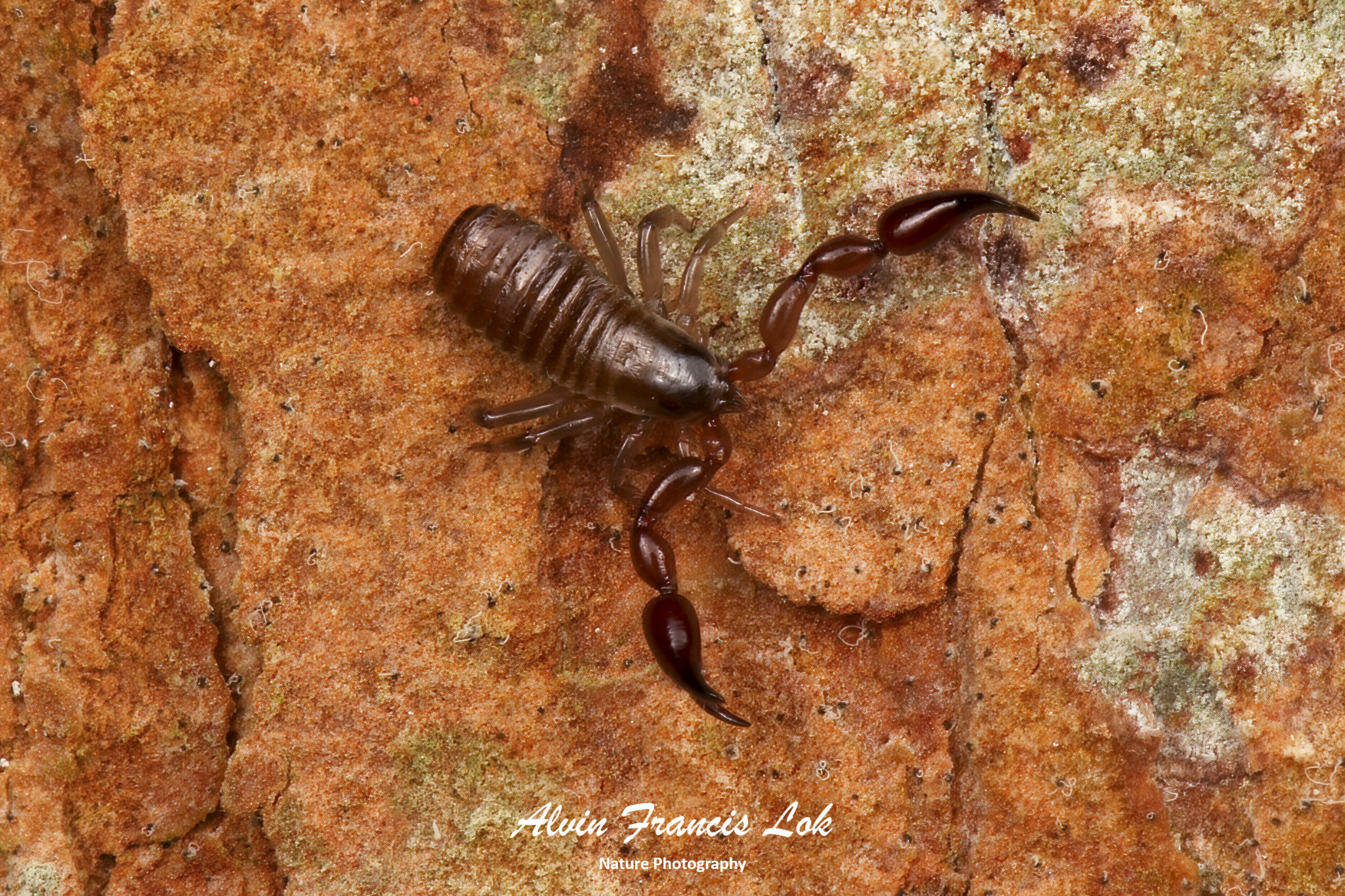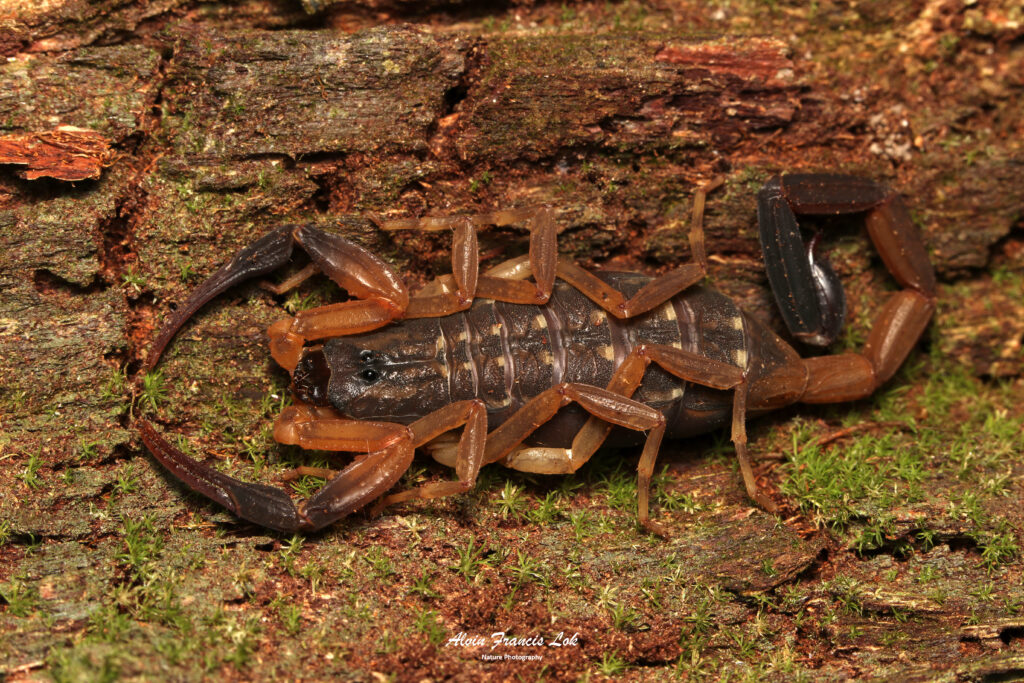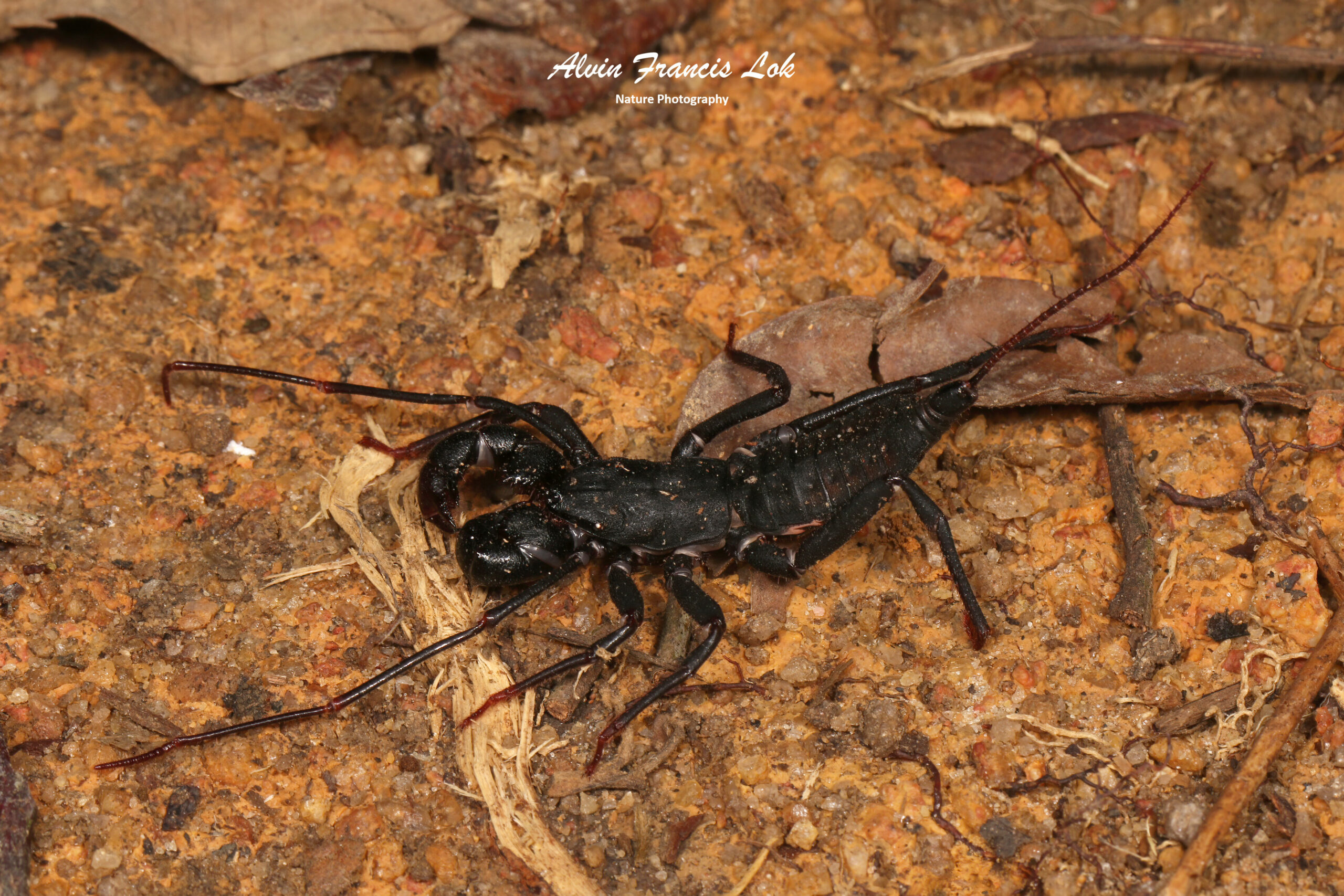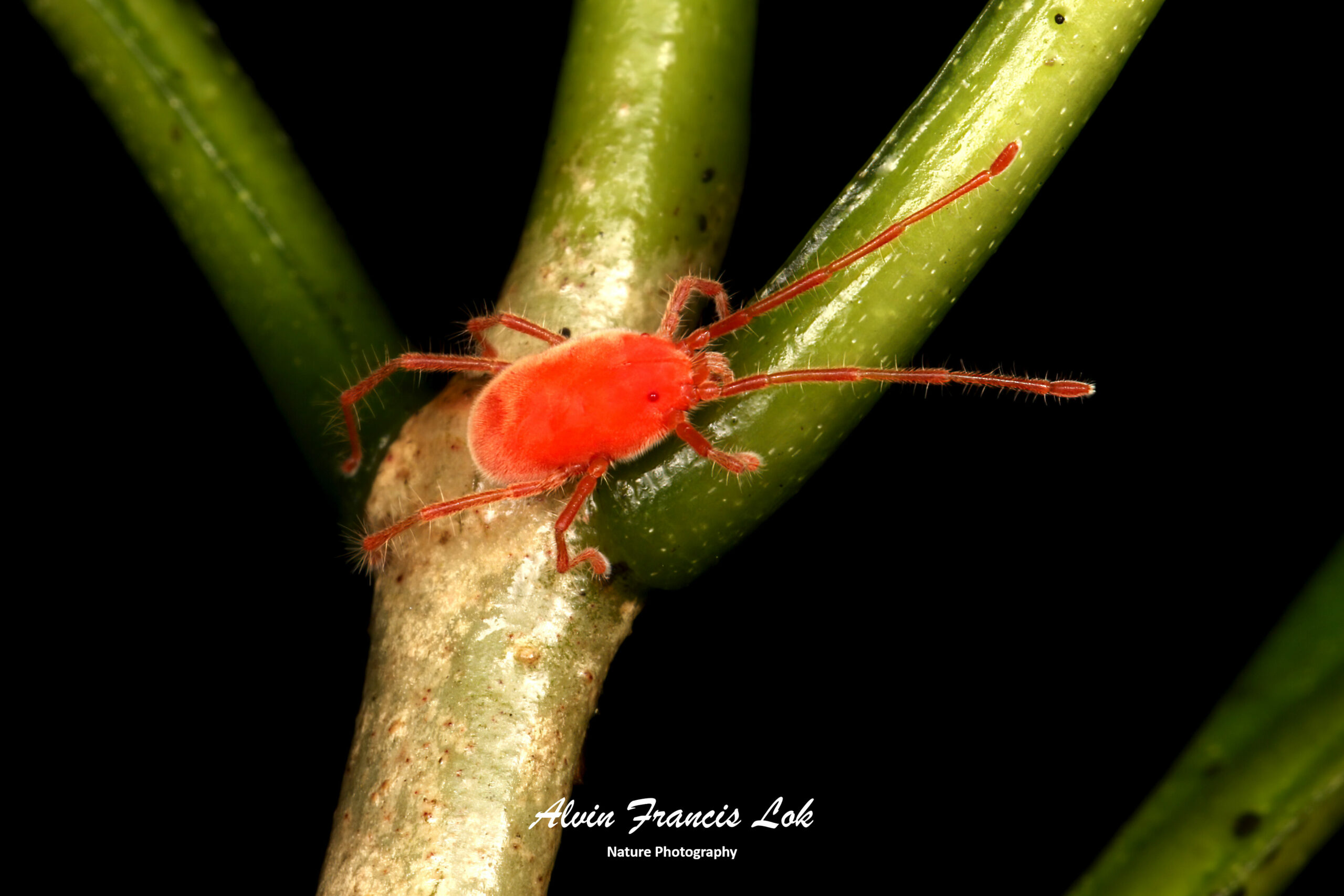Arachnida is a class of joint-legged invertebrate arthropods. Arachnida includes, the orders Amblypygi (Whip spiders), Araneae (Spiders), Opiliones (Harvestmen), Scorpiones (Scorpions), Thelyphonida (Whip scorpions) and Acari (Mites and ticks).
Adult arachnids have eight legs attached to the cephalothorax, although the frontmost pair of legs in some species has converted to a sensory function, while in other species, different appendages can grow large enough to take on the appearance of extra pairs of legs.
Almost all extant arachnids are terrestrial, living mainly on land, some species do inhabit freshwater environments and, except for marine environments. This class comprises over 110,000 species, of which 51,000 are spiders.
Arachnids are mostly carnivorous, feeding on the pre-digested bodies of insects and other small animals, however ticks, and many mites, are parasites, some of which are carriers of disease. The diet of mites also includes tiny animals, fungi, plant juices and decomposing matter. Almost as varied is the diet of harvestmen, where we will find predators, decomposers and omnivores feeding on decaying plant and animal matter, droppings, animals, and mushrooms. Harvestmen and some mites are also the only arachnids able to ingest solid food, which exposes them to internal parasites. Scorpions, spiders, and pseudoscorpions secrete venom from specialized glands to kill prey or defend themselves. Their venom also contains pre-digestive enzymes that help break down the prey. The saliva of ticks contains anticoagulants and anticomplements, and several species produce neurotoxins.
Arachnids produce digestive enzymes in their stomachs and use their pedipalps and chelicerae to pour them over their dead prey. The digestive juices rapidly turn the prey into a broth of nutrients, which the arachnid sucks into a pre-buccal cavity located immediately in front of the mouth. Behind the mouth is a muscular, sclerotised pharynx, which acts as a pump, sucking the food through the mouth and on into the oesophagus and stomach. In some arachnids, the oesophagus also acts as an additional pump.
The stomach is tubular in shape, with multiple diverticula extending throughout the body. The stomach and its diverticula both produce digestive enzymes and absorb nutrients from the food. It extends through most of the body and connects to a short sclerotised intestine and anus in the hind part of the abdomen.
Arachnids have two kinds of eyes: the lateral and median ocelli. The lateral ocelli evolved from compound eyes and may have a tapetum, which enhances the ability to collect light. Most arachnids however have three pairs present, except for scorpions, which can have up to five pairs of lateral ocelli. The median ocelli develop from a transverse fold of the ectoderm. In most arachnids, the retina probably does not have enough light sensitive cells to allow the eyes to form a proper image.
In addition to the eyes, almost all arachnids have two other types of sensory organs, fine sensory hairs that cover the body and give the animal its sense of touch, and slit sense organs, which are thin membrane covered slit-like pits with a small hair that touches the underside of the membrane, and detects motion.
